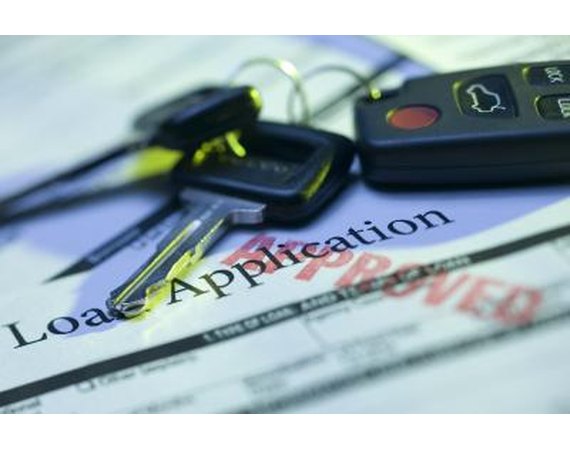
Buying a used car provides many benefits compared to buying a new car. You will save money on the purchase price and also save money on car insurance. The money you save on the used car can be put to good use elsewhere such as funding a much-needed vacation. Buying a used car does have some risks. Understand some basic rules for buying a used car and you can avoid potential problems and get all the benefits.
Planning
Decide on the maximum amount you will spend for a used car and if you have a preference for manufacturer or model. Research any known problems with the model you are considering. Determine what you will be using the car for. For example, if you are going to be doing a lot of driving, miles per gallon is important. Before shopping, make sure you have arranged a financing source.
Where to Shop
Do not limit yourself to looking for a used car at a new car dealership. Check the paper for sale by owner section because one advantage of buying direct is that you can find out about the history of the vehicle. Contact companies that only sell used cars.
Before You Buy
When you find a car you like, check the approximate value of the car at websites like Kelly Blue Book. Inspect the car for any obvious problems. Walk around the car and inspect the body for any damage. Look underneath the car for any corrosion on the frame. Examine the paint job to make sure the color looks consistent. Look at the tires for any excessive wear. Examine the treads to see if the tires will need replacing soon. Check the heating and air conditioner to make sure they are functioning properly. Look at the engine with a flashlight to check for any leaks or other engine problems. Listen to the radio. If the car has a CD, insert one in the CD unit to make sure it plays. Check the upholstery to make sure it is not damaged. Take the car for a test drive and check the brakes.
Before buying, get the Vehicle Identification Number -- VIN -- on the car and check with one of the services that report on accidents and other past problems.
Negotiation
Don't be swayed by a salesperson who tries to persuade you to buy a used car the first time you see it. If you are willing to risk losing the car, wait another day before making a final offer because this will put you in a stronger negotiating position. When the salesperson gives you a price, respond by telling him that the price is too high. The salesperson will probably offer you a lower price because his strategy is often to leave room for negotiation.

























